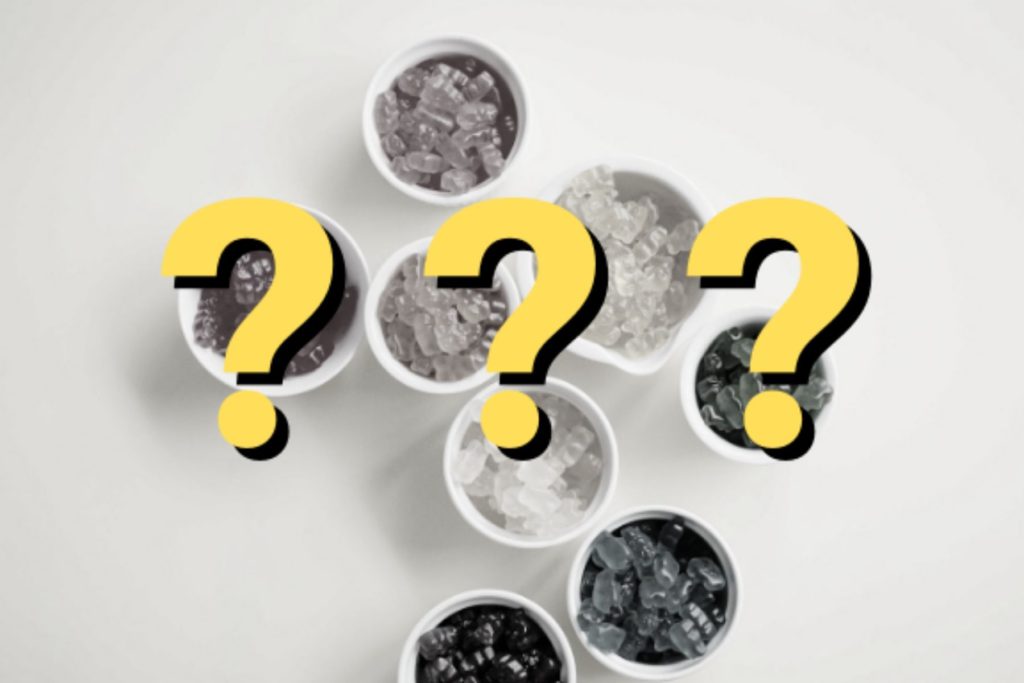Final regulations were released by Health Canada on June 14th for the next wave of cannabis products including edibles, extracts, and topicals, which will come into effect on October 17th this year. It didn’t come as a surprise that Health Canada has made protecting public health and safety its top priority in their final regulations. Cannabis edibles, extracts and topicals aren’t expected to be seen on shelves any earlier than mid-December, and at that point there will still only be a limited supply available.
Image: Infographic on final regulations, Health Canada
Cannabis Food & Beverages
Some of the more controversial decisions include a THC limit of 10mg per package for ingestibles such as food and beverages. There can be no added vitamins, minerals, nicotine, or alcohol within these products. These requirements put an emphasis on minimizing accidental consumption and overconsumption by users. Restaurants will not be allowed to serve cannabis-infused food or beverages, meaning we won’t expect to see infused restaurants anytime soon. It will come down to provincial and local regulations if lounges or cafés permitting consumption of or even selling pre-manufactured edibles, beverages and flower cannabis will be approved, but this is likely far down the list of priorities for provincial regulators.
As far as inspection goes for edibles, the Public Health Agency will be looking after the oversight, rather than the Canadian Food Inspection Agency, despite having over 3,200 inspectors. The Public Health Agency has limited knowledge on food processing and only 70 inspectors across Canada, so we are likely to see backlogs for approvals on edible products.
Read more: Cannabis Product Recall Insurance
Not-so-green Packaging
Reactions from those in the industry noted the lack of environmentally friendly packaging options in the regulations Health Canada has set out for edible products. The 10 mg THC limit per package will increase the amount of single-use packaging that will be produced, in apparent contrast to recent government efforts to reduce these types of products in other industries. All packaging must be plain, child-resistant and not be marketed towards children. The products must not include any health or dietary claims on the label. Producers must also submit their products for approval 60 days before they are released to distribution.
Changes to Cannabis Advertising
As for new marketing restrictions, the current regulations that exist for product packaging will be extended to promotional activity as well. Meaning, the limited creativity allowed on cannabis packaging will reflect on a product’s promotion and advertising.
Cannabis beverages cannot contain any type of alcohol-related wording on the packaging, which made for a disappointed company hoping to add cannabis to its de-alcoholized wine and beer products.
In more positive news, a recent report from Deloitte found that the next generation of cannabis products is worth an estimated $2.7 billion annually, with edibles accounting for over half.
These regulations that likely will come into effect on October 17th (with product approvals in the 60 days following that date) can be viewed as a starting point for legalization 2.0, which is sure to continue to evolve over the coming years.
Read more: Cannabis Companies Face Cross-Border Exposures if They Want to Grow
Fuse Insurance is a cannabis leader in Alberta, British Columbia and Saskatchewan and works with all Canadian insurers providing insurance coverage, so we are able to broker the best insurance program for your cannabis business. For further information visit our cannabis page or call us at 1-866-387-FUSE (3873) for more details.
